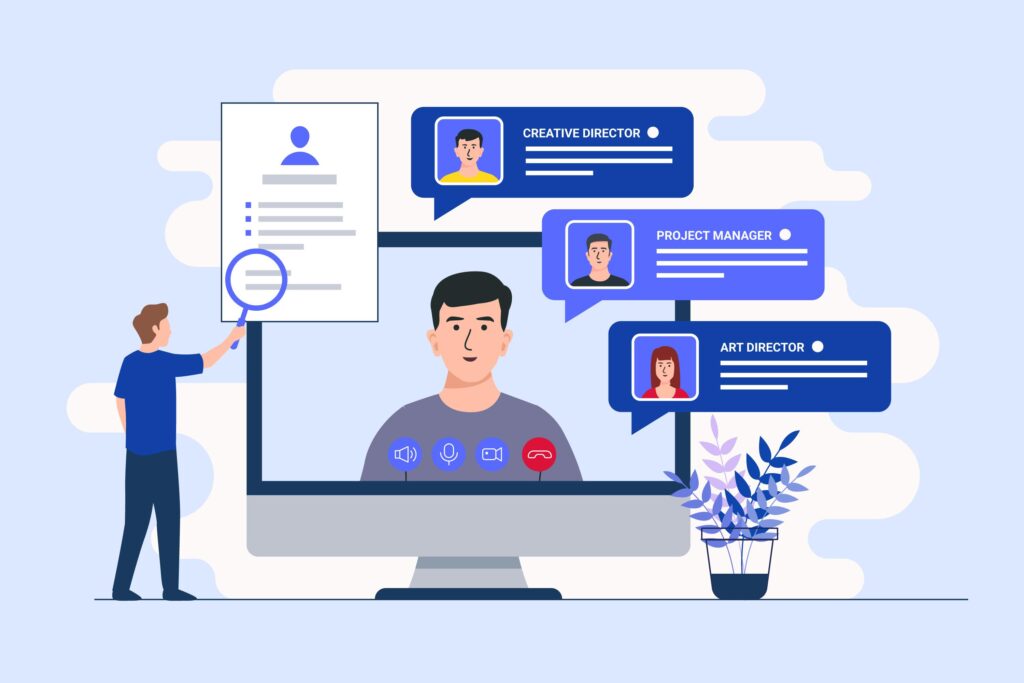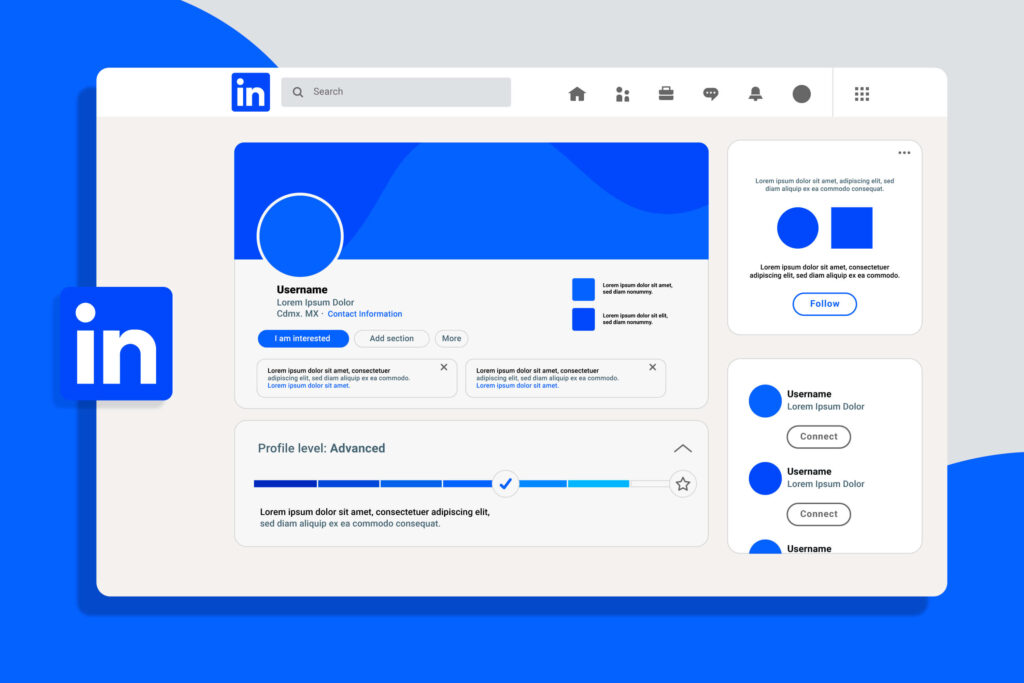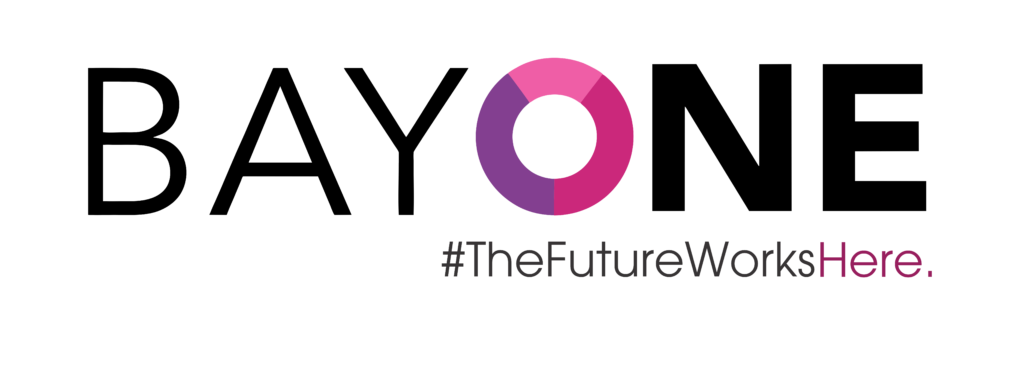How Top Recruiters Use Behavioral Pattern Recognition to Identify Perfect Candidates at the Right Moment
In the competitive world of talent acquisition, timing isn’t just important—it’s everything. While most recruiters focus on matching skills and experience, the most successful professionals have mastered a different art: reading the subtle signals that indicate when a high-quality candidate is psychologically ready to make a career move.
Welcome to LinkedIn Signal Intelligence—the practice of analyzing profile update patterns, behavioral changes, and digital body language to identify recruitment opportunities before your competition even knows they exist.
The Hidden Language of LinkedIn Updates
Every profile modification, skill addition, and headline tweak tells a story. LinkedIn processes over 3 billion profile updates annually, yet 97% of recruiters only notice the obvious changes. The remaining 3%—the top performers—have learned to decode the subtle signals that predict career transitions weeks or months in advance.
Consider this: when a software engineer quietly updates their headline from “Senior Developer at TechCorp” to “Senior Developer | Python | Cloud Architecture | Team Leadership,” they’re not just refreshing their profile. They’re broadcasting readiness for new opportunities while maintaining plausible deniability with their current employer.
Timing Intelligence: When Updates Reveal Intent
The Sunday Night Syndrome
Research shows that 73% of LinkedIn profile updates between 9 PM Sunday and 6 AM Monday indicate active job search preparation. This phenomenon, dubbed the “Sunday Night Syndrome,” represents professionals preparing for the week ahead—specifically, for recruiter outreach or networking activities.
Recruiter Action Item: Set up LinkedIn Sales Navigator alerts for your target talent pool filtered by “profile updated” in the last 7 days. Review Sunday-Monday updates first.
Post-Performance Review Patterns
Companies typically conduct performance reviews in January and July. Smart recruiters monitor profile activity 2-3 weeks after these periods. Employees who received disappointing reviews often update profiles to “test the market,” while high performers add new achievements they can now officially claim.
The 3-Week Rule: Peak profile update activity occurs exactly 18-21 days after major corporate review cycles. Mark your calendar.
Content Signal Analysis: Decoding the Message
Skills Evolution Patterns
When professionals add new skills to their profiles, they’re rarely just updating for accuracy. Here’s how to interpret different patterns:
Skills Inflation Signal (High Recruitment Probability):
- Adding skills slightly above current competency level
- Emphasizing transferable skills over role-specific ones
- Including buzzword technologies they’ve only recently encountered
Example: A marketing manager suddenly adding “Growth Hacking,” “Data Analytics,” and “AI-Powered Marketing” suggests preparation for a more senior or tech-focused role.
Headline Intelligence
Headlines evolve in predictable patterns based on career intent:
Company-Loyal Headlines: “Marketing Director at InnovaCorp | Driving Growth Through Data-Driven Strategies”
Market-Ready Headlines: “Marketing Director | Growth Strategy Expert | Data-Driven Campaign Optimization”
Notice the shift? The market-ready version removes company specificity and emphasizes portable value propositions.
Summary Transformation Signals
Pay attention to pronoun changes and company references:
- “I help InnovaCorp achieve…” → “I help companies achieve…” (Broadening appeal)
- Present tense → Past tense descriptions (Psychological distancing)
- Adding “open to new opportunities” or “exploring new challenges” (Obvious but often overlooked)
Behavioral Pattern Recognition: The Digital Body Language of Career Change
Activity Frequency Analysis
Monitor your target candidates’ LinkedIn activity patterns:
Pre-Job Search Baseline: 2-3 posts/comments per month, primarily industry-related Active Search Mode: 8-12 engagements per month, including career advice shares and motivational content Serious Candidate Phase: Daily activity, commenting on target companies’ posts, sharing relevant industry insights
Connection Strategy Shifts
Analyze new connections through mutual connections or public activity:
- Maintenance Phase: Connecting primarily with current colleagues and industry peers
- Exploration Phase: Adding recruiters, hiring managers at target companies, and cross-industry professionals
- Active Search Phase: Rapid connection growth with strategic networking focus
Advanced Signal Reading Techniques
The Stealth Job Search Indicators
Top-tier candidates often conduct stealth job searches to avoid alerting current employers. Look for these subtle signals:
- Location Flexibility Addition: Adding “Open to relocation” or mentioning remote work capabilities
- Availability Language: Including phrases like “available for consulting” or “advisory opportunities”
- Achievement Timing: Highlighting recent wins (building negotiation leverage)
- Skill Certification Sprees: Completing multiple online courses or certifications quickly
Career Transition vs. Promotion Seeking
Internal Promotion Seekers:
- Emphasize company growth and cultural fit
- Highlight internal achievements and team contributions
- Add skills relevant to next level within current organization
External Opportunity Seekers:
- Focus on portable, transferable skills
- Emphasize personal brand over company affiliation
- Add market-relevant keywords and industry buzzwords
Technology Integration: Systematizing Signal Intelligence
Sales Navigator Alert Optimization
Set up targeted alerts for:
- Profile updates in last 7 days
- New skill additions
- Job title changes
- Location modifications
Pro Tip: Create separate alert categories for different signal strengths (Hot, Warm, Cool) based on update patterns.
Google Alert Strategy
Monitor beyond LinkedIn:
- “[Candidate Name] + resume”
- “[Candidate Name] + portfolio”
- “[Candidate Name] + speaking engagement”
These searches often reveal parallel job search activities across platforms.
Timing Your Outreach: The Psychology of Perfect Moments
The 72-Hour Window
Research indicates that candidates are most responsive to recruiter outreach within 72 hours of significant profile updates. This window represents peak psychological openness to new opportunities.
Message Personalization Strategy
Reference specific updates in your outreach:
“I noticed you recently highlighted your experience in cloud architecture—that’s exactly what we’re looking for in our new Senior Engineering role at [Company]. Your background in leading scalable system implementations would be perfect for this opportunity…”
This approach demonstrates attention and creates immediate relevance.
Competitive Intelligence: Market Movement Prediction
Industry Exodus Signals
Monitor aggregate patterns across companies:
- Unusual spikes in profile updates from specific organizations
- Mass skill additions in particular areas (often preceding layoffs or reorganizations)
- Leadership team profile changes (can signal company direction shifts)
Talent Pool Temperature
Create scoring systems for different candidate segments:
- Hot: Multiple signals in past 2 weeks
- Warm: 1-2 signals in past month
- Cool: Baseline activity only
Ethical Considerations and Best Practices
Respect and Professionalism
Signal intelligence should enhance, not replace, genuine relationship building. Use insights to:
- Time outreach appropriately
- Personalize communication effectively
- Understand candidate motivations
Avoid:
- Stalking-like behavior
- Overly specific references to minute changes
- Pressure tactics based on perceived desperation
Implementation: Your 30-Day Signal Intelligence System
Week 1: Setup
- Configure Sales Navigator alerts for top 50 target candidates
- Create spreadsheet for signal tracking
- Establish baseline activity patterns
Week 2: Observation
- Monitor and document signal patterns
- Note timing correlations
- Begin categorizing signal strength
Week 3: Engagement
- Reach out to “hot” signal candidates
- Test message personalization strategies
- Track response rates by signal type
Week 4: Optimization
- Analyze which signals predict highest response rates
- Refine alert settings
- Scale successful approaches
Measuring Success: Key Metrics
Track these KPIs to validate your signal intelligence approach:
- Response Rate by Signal Type: Compare responses from different signal categories
- Time to Engagement: Speed from signal detection to candidate response
- Quality Score: Relevance of candidates identified through signals vs. traditional methods
- Conversion Rate: Signal-sourced candidates who advance through interview process
Future of Signal Intelligence
As LinkedIn continues evolving its algorithm and privacy settings, signal intelligence will become more sophisticated. Emerging trends include:
- AI-powered pattern recognition tools
- Cross-platform signal aggregation
- Predictive modeling for career transition timing
- Integration with company HR systems for proactive retention
Conclusion: The Competitive Advantage
LinkedIn Signal Intelligence transforms reactive recruiting into proactive talent acquisition. By reading between the lines of profile updates, successful recruiters identify perfect candidates at the exact moment they’re most open to new opportunities.
The difference between good recruiters and great ones isn’t just knowing where to find talent—it’s knowing when to approach them.
Start implementing these signal intelligence techniques today, and watch your response rates, candidate quality, and competitive advantage improve dramatically.
Master the art of LinkedIn Signal Intelligence, and you’ll never chase cold leads again.
What signals have you noticed in your recruitment experience? Share your observations in the comments below—let’s build a community of signal intelligence practitioners.
#Recruiting #TalentAcquisition #LinkedIn #RecruitmentStrategy #HiringTips #TalentSourcing #HRTech #RecruitmentInnovation






